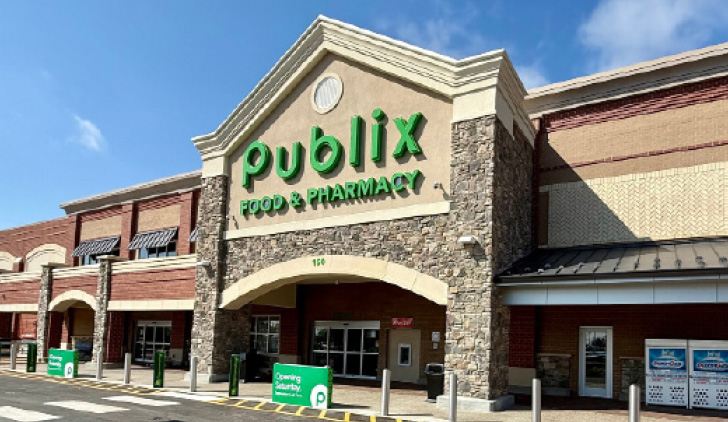
When you have food allergies, your diet often takes detours around what you can eat. And navigating dietary restrictions is a difficult-yet-necessary process. If left unattended, food allergies can get in the way of work, school and recreational activities — and, in worst-case scenarios, even be fatal. Although having any food allergy is certainly not fun, a little preparation can go a long way. Here are some tips and facts about food allergies:
What is a food allergy, and what are the symptoms?
A food allergy is the immune system’s reaction to certain foods or food additives. And not all reactions to food allergies are created equal. Depending on the individual and the amount of allergen consumed, reactionary symptoms can be mild to severe, to even life-threatening. Mild symptoms can range from a tingling sensation in the mouth to abdominal cramps. The life-threatening symptom is called anaphylaxis, which can cause an inability to breathe. According to the USDA Food Safety and Inspection Service, this condition results in an estimated 150 deaths, 2,000 hospitalizations and 30,000 emergency room visits each year in the U.S.
Know your allergens
Did you know that more than 160 foods are responsible for global food allergies? But about 90% of all food allergies are triggered by the 9 major allergens
- peanuts
- shellfish
- tree nuts
- milk
- sesame
- eggs
- fish
- soy and
- wheat.
Protection against allergic reactions
According to the Centers for Disease Control and Prevention, food allergies affect an average of 4 – 6% of children and 4% of adults. Since we all must eat to live, being unaware of food allergens can lead to serious health consequences. Because of that, the U.S. Food and Drug Administration enforces laws that require listing the ingredients in packaged food so customers can look for what they are sensitive to. In addition, ingredients or foods from major food allergens must be listed by their source on packaged food labels.
Biggest allergy challenge
Perhaps the biggest challenge people with food allergies face is navigating food options that aren’t prepackaged — in essence, having to determine if the food at a restaurant or party is safe for them or not. If in doubt, it’s better to be safe and avoid foods without labels.
To learn more about food allergens and how to keep yourself and those with food allergies safe, read our food allergen FAQs on publix.com.


